Quantum cryptography, what is hidden behind these complex words?
First, cryptography is a method used to protect our data by making it unreadable for unwanted or unconcerned persons. Let’s use the case of a tangible object to illustrate this: Imagine you want to send a letter of critical privacy through the regular mail service to your lover, however you want to make sure that no one else except your beloved one will be able to read it. There are several strategies to perform this but for the sake of the example, I will use the following: Invent a new language with newly created symbols and write your letter in this language. Then, send the instructions to decipher the language through another service (decryption key). You now have both the encryption and decryption key and you can communicate easily without anyone else understanding your messages. Currently, there are two most common algorithm encryption methods: those using the same key for encryption and decryption (symmetric-key algorithm) and those using two different keys (asymmetric-key algorithm). Theses two modern encryption methods rely solely on mathematics by using extremely long prime numbers (numbers that have exactly two distinct positive divisors: 1 and themselves) as an encryption key. Nevertheless, nowadays, thanks to increasing computing power and psychological abusive methods, it would still be possible to decipher encrypted messages, even though the workforce required would be exceedingly demanding.
Why this technology takes it to the next level? Drawn from the laws of quantum physics, particles of a photon (light) are used to store information. Quantum physics states that tiny particles, at the quantum scale, don’t have a definite state but can be changed depending on how you measure them and if you observe them. The general idea is to send a series of photons representing a bit (either a 1 or a 0) through a specific chosen filter that will define if the photon will be a 1 or a 0. Then, the recipient will try to decipher the code using a random filter. Afterwards, the sender and recipient are sharing and comparing their respective filter and based on the discrepancies noticed, they will understand which photons need to be discarded and which can be reliable. The model is more extensive but we will stop here for technical complexity. However, due to the nature of a quantum particle, any eavesdropper will be noticed as an observant of the particle will naturally change its state. Therefore, it is straightforward to notice if the message has been intercepted. This process is commonly called Quantum Key Distribution or QKD.
How realistic is it ?
So far, quantum cryptography is still in the experimental phase. Indeed, to be used on a larger scale, it would require a fibre optic network to be fully operational and researchers have noticed that some photons can change states on their own will, for no particular reason, losing information on its course. Consequently, the entire network infrastructure has to be rebuilt to welcome this groundbreaking technology. Nevertheless, this technique would represent our digital freedom and democracy. Surprisingly, the city of Geneva has been one of the first to experiment Quantum Encryption for their voting system back in 2007, to ensure the trustworthiness of the election. Case studies are not numerous but the applications for such a revolutionary technology are, and it would truly be a game changer.
So will quantum cryptography be our salvation against an avid « want-to-know-it-all digital glutton»? Only the future will reveal it but in order to get towards that direction, I would recommend anyone to make the first step to get more sensitized about the online privacy issue and different type of digital protections. After all, we are the ones in charge of what we share, or not.
Author: Santi Légeret
Last modified: 31 août 2020
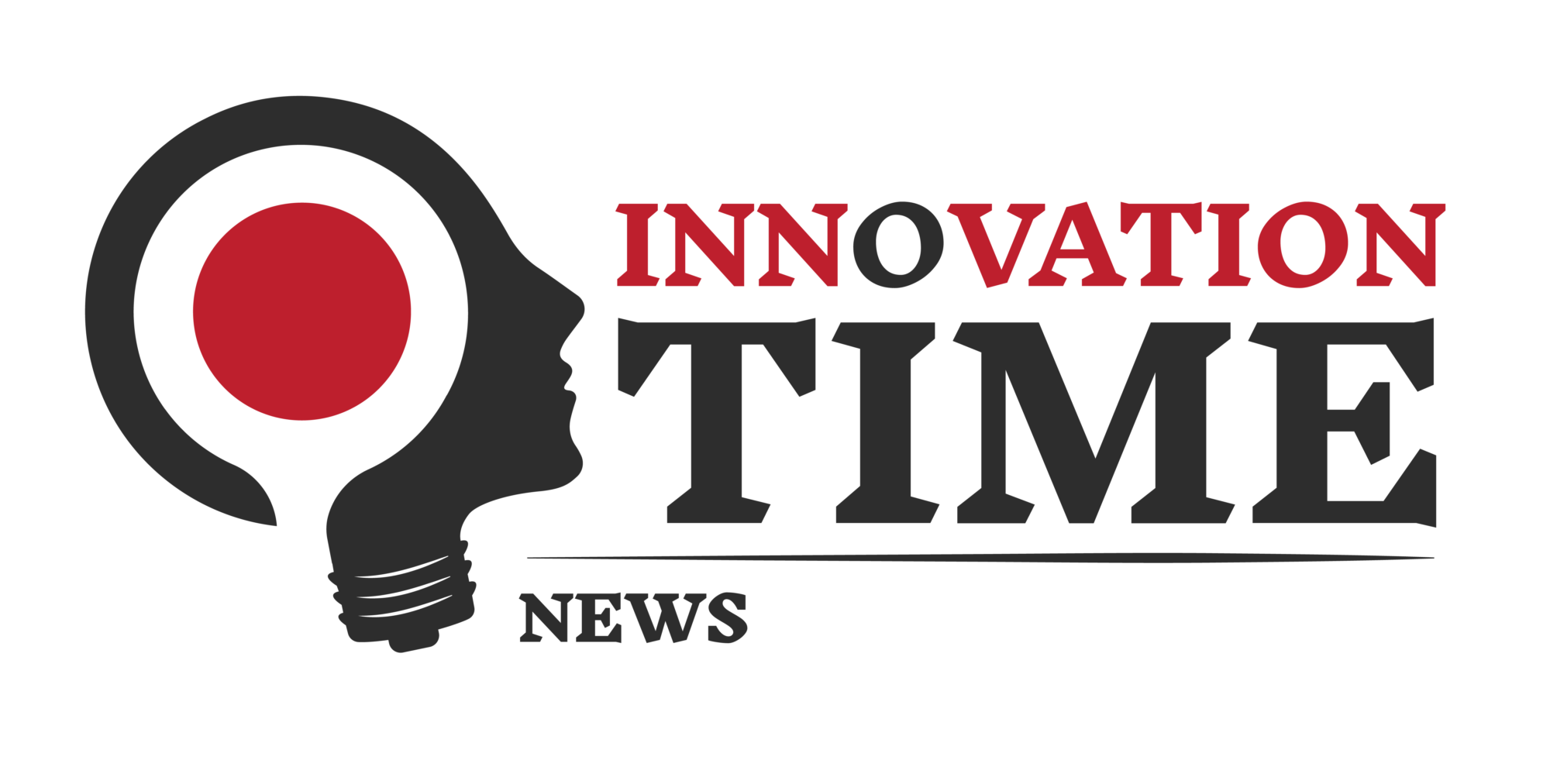













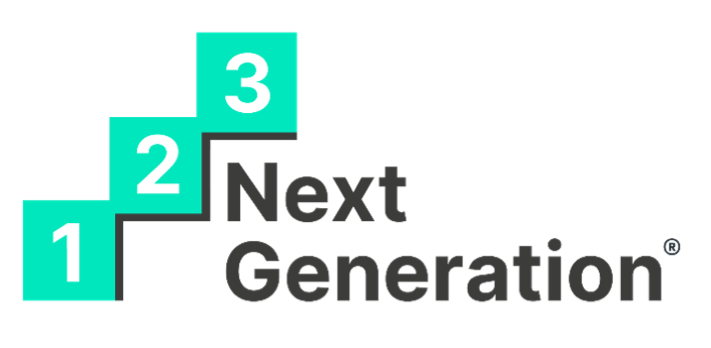
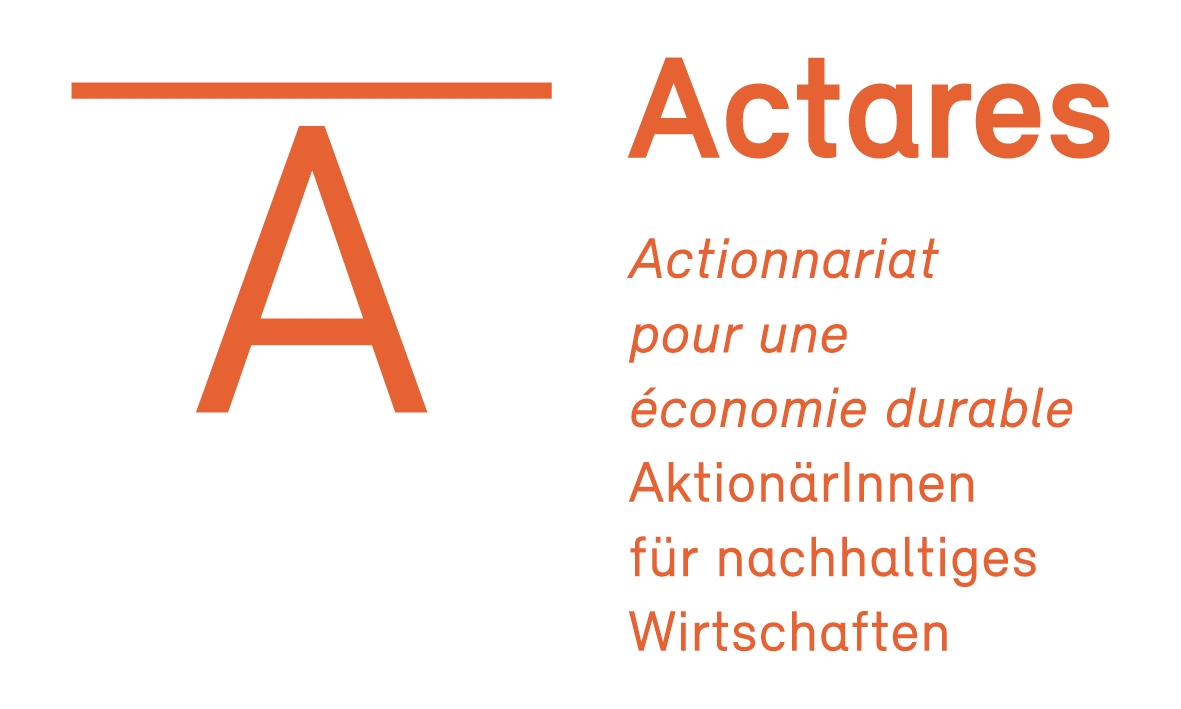

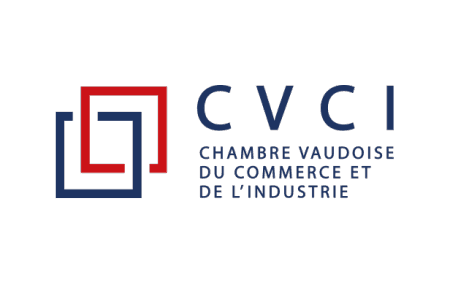





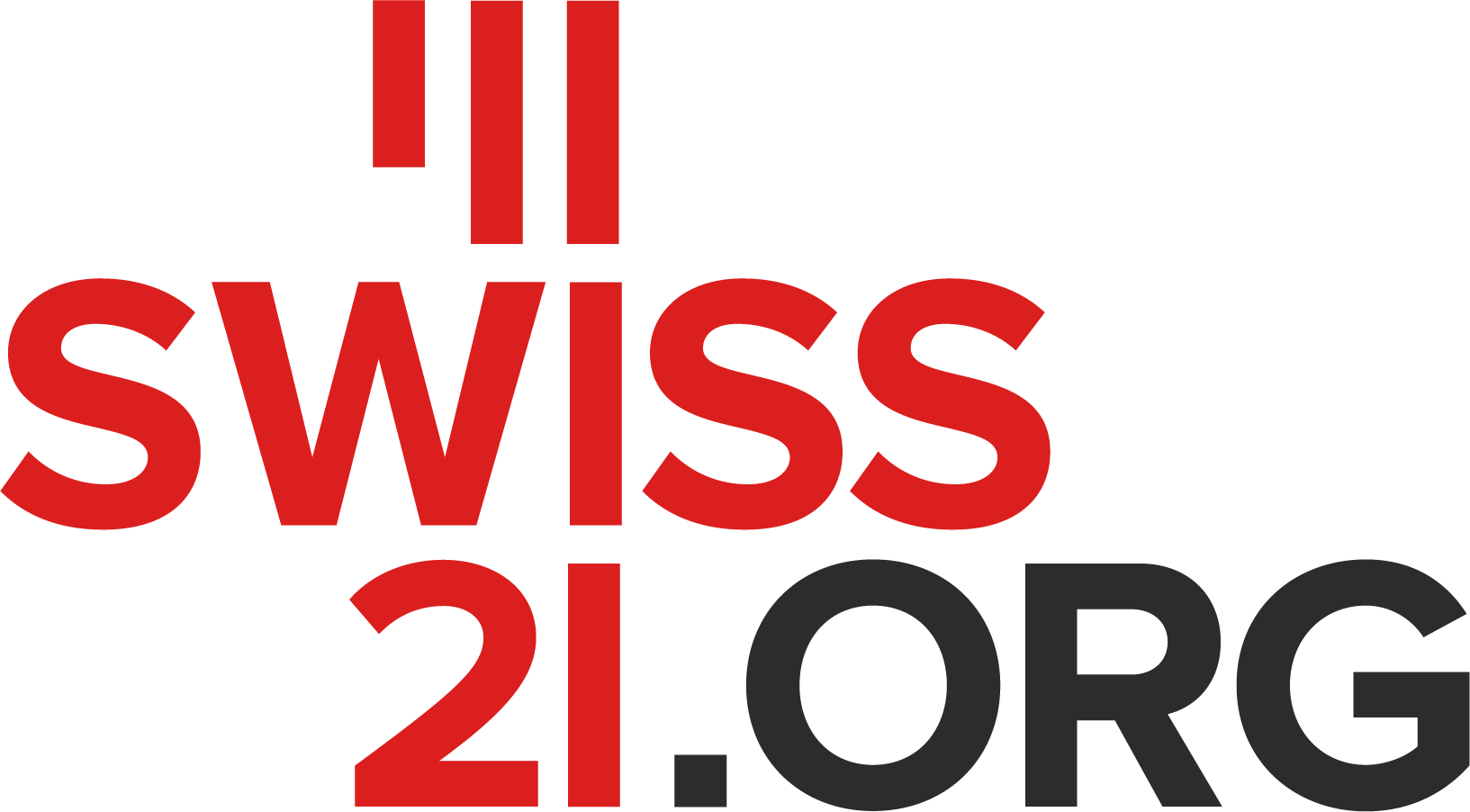

Great article and concise simplification of a very complex subject, congrats to the author.